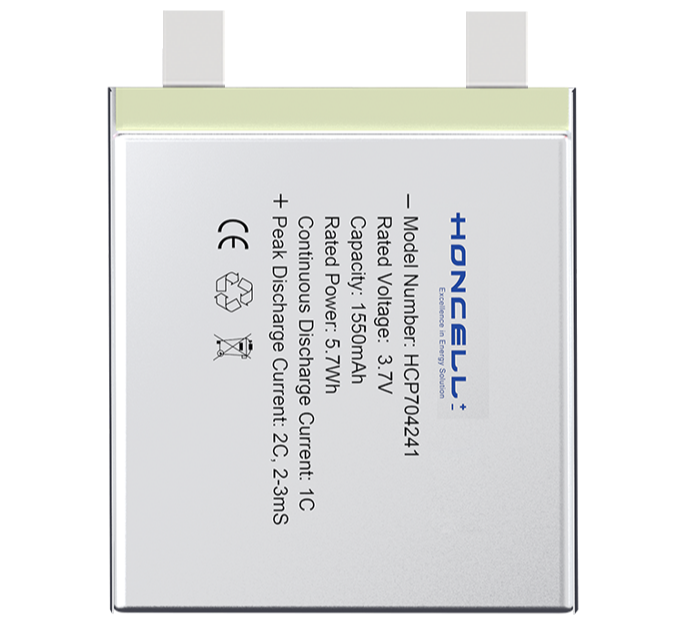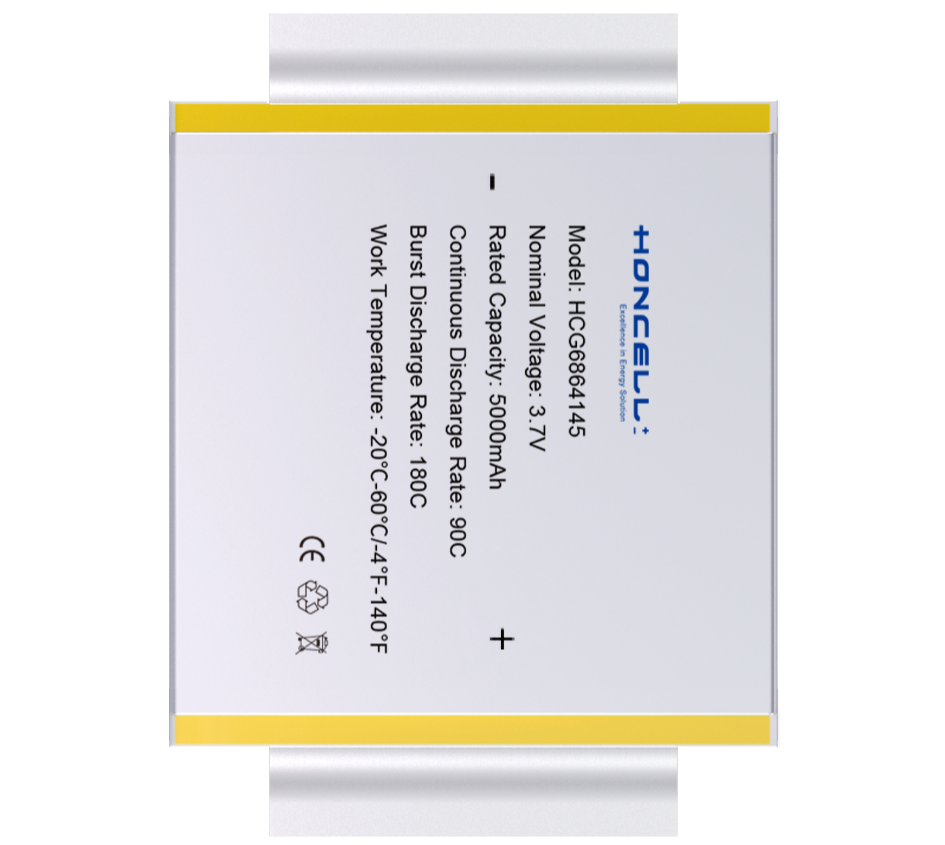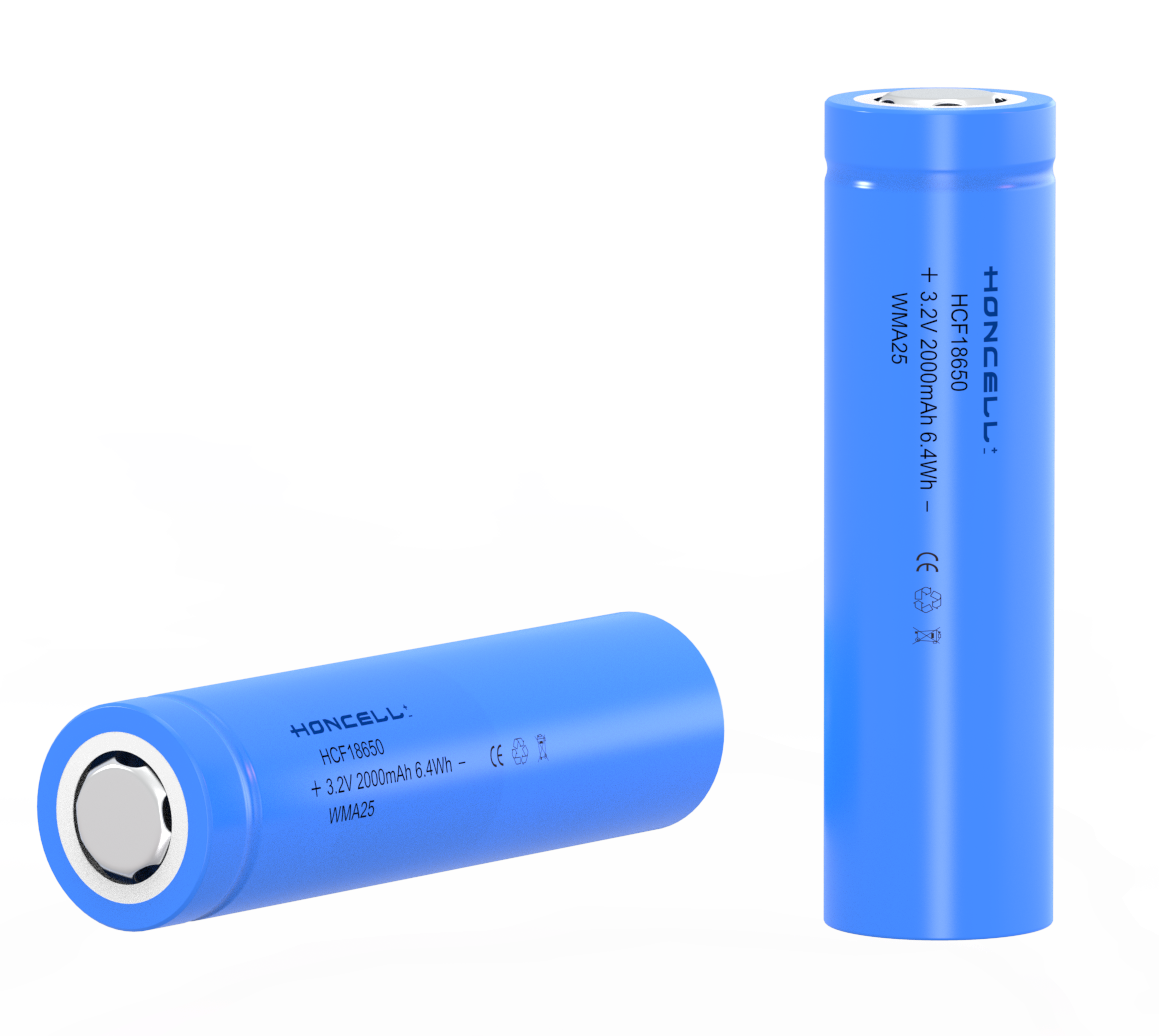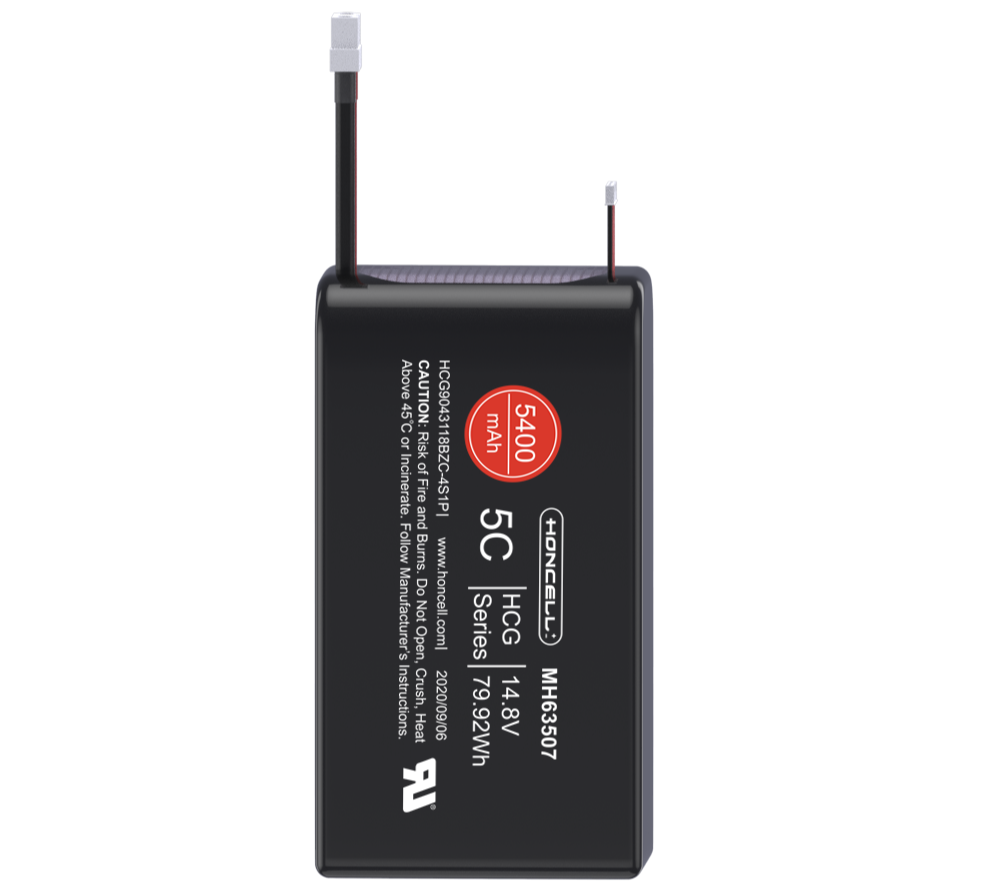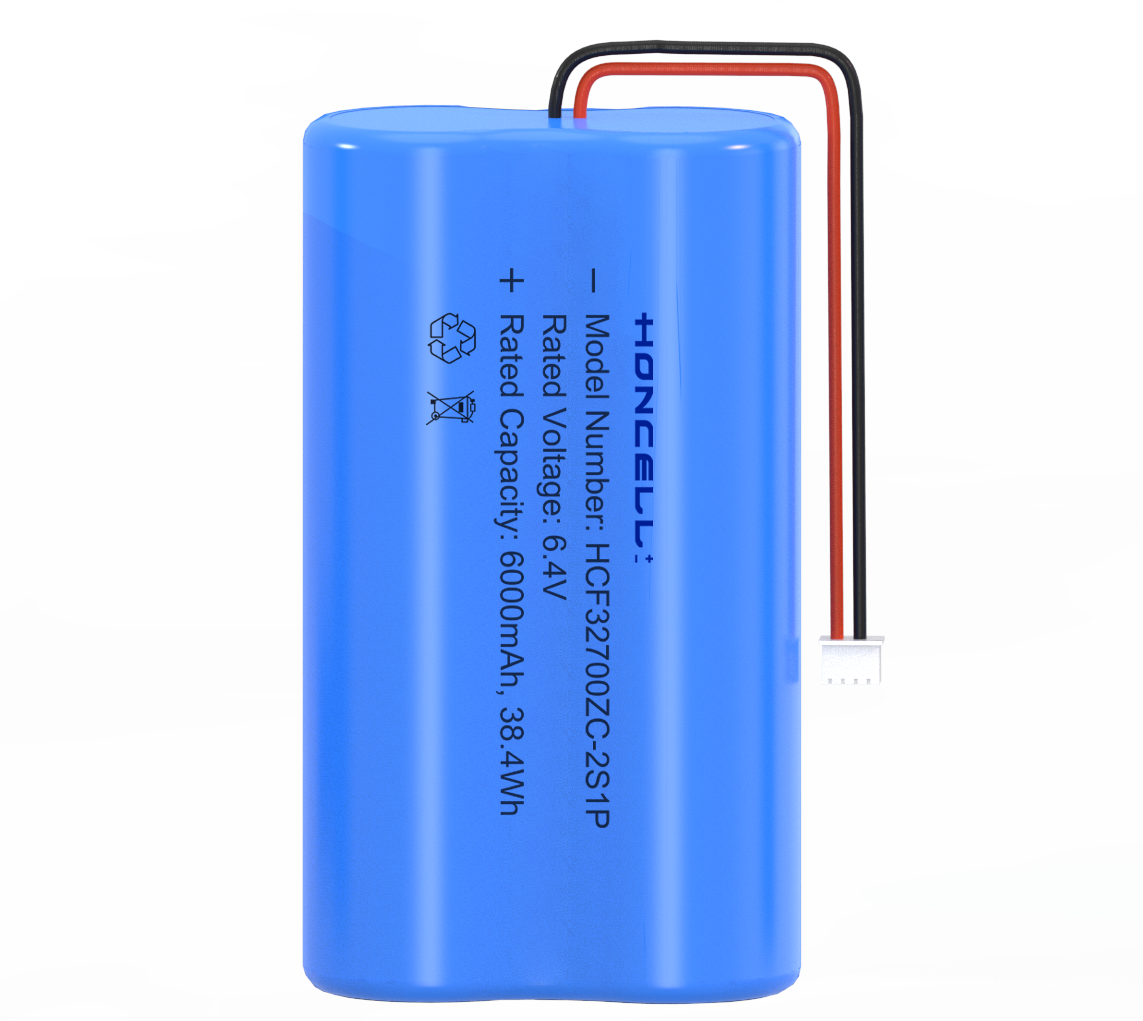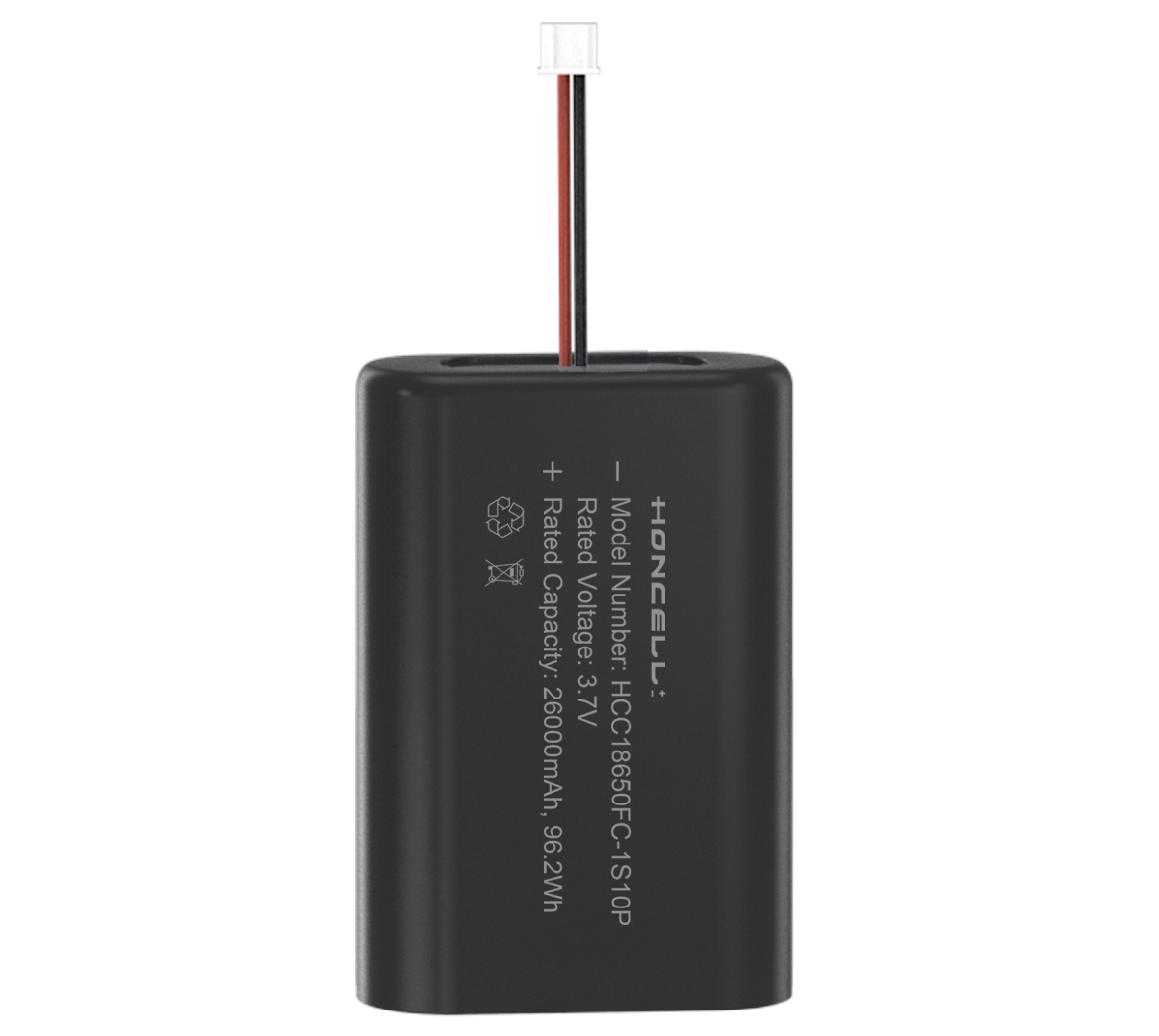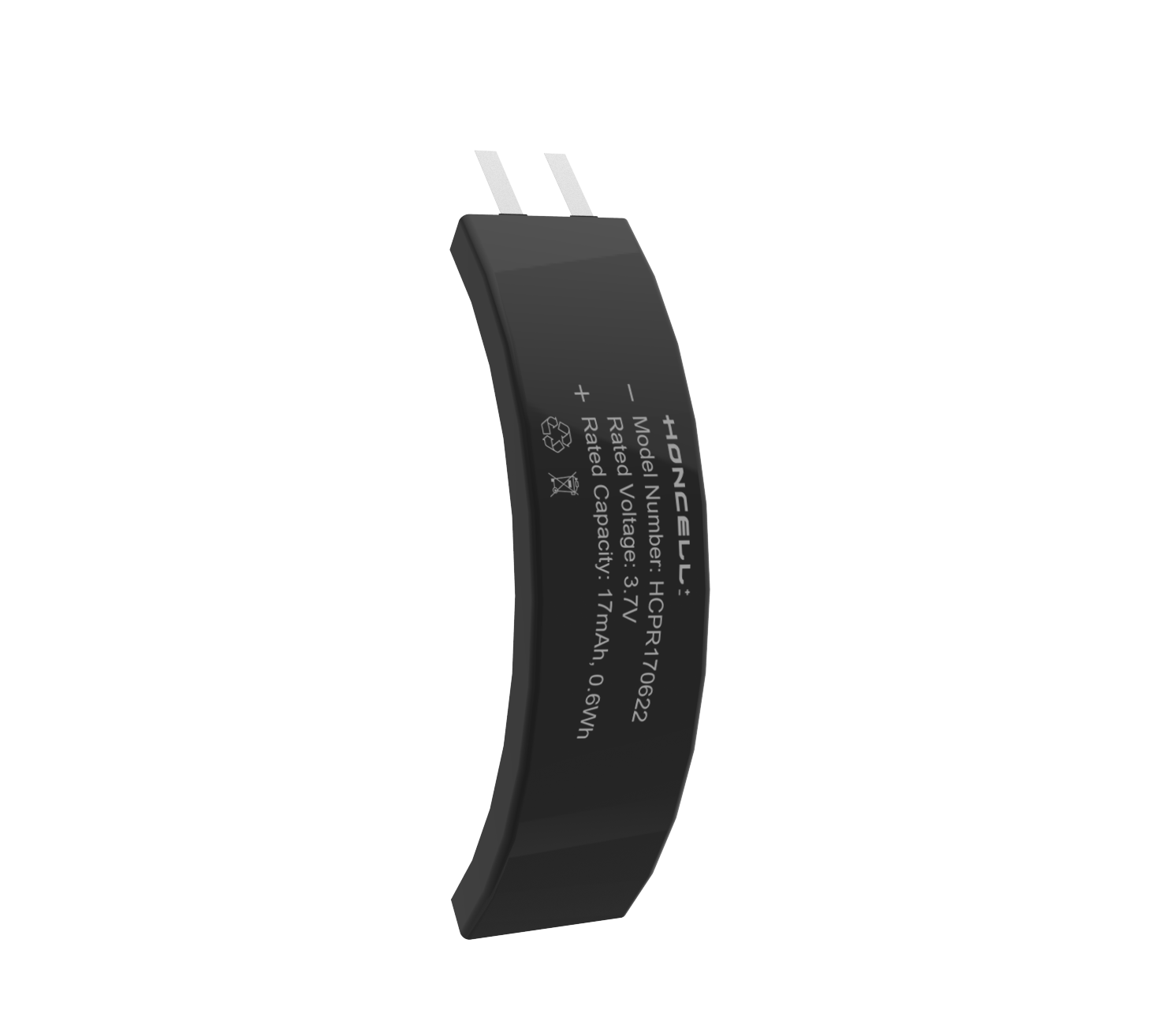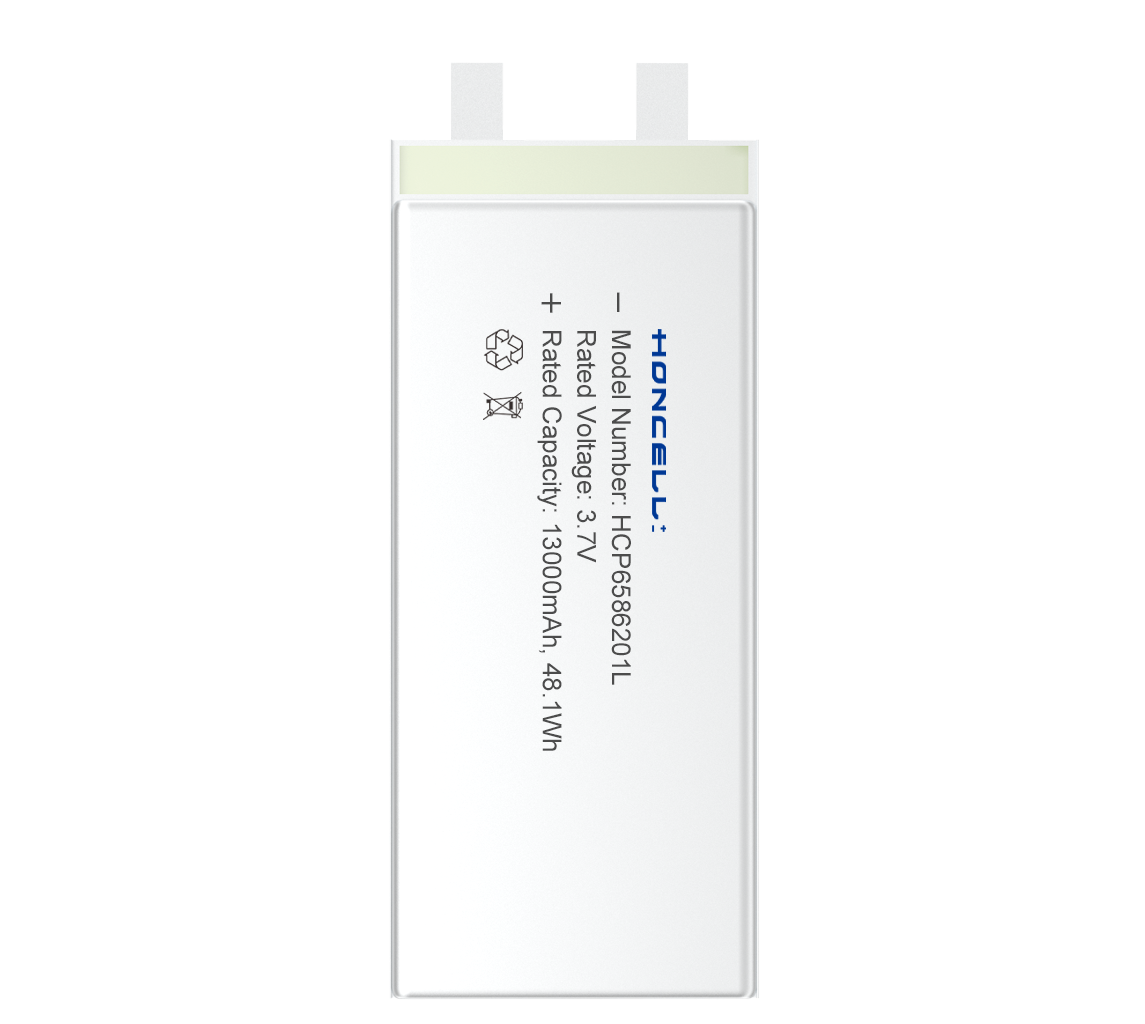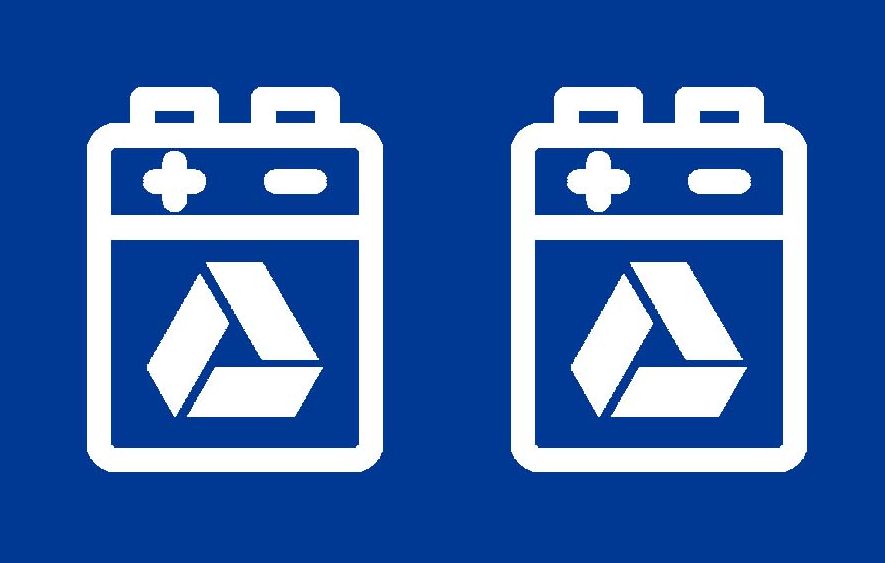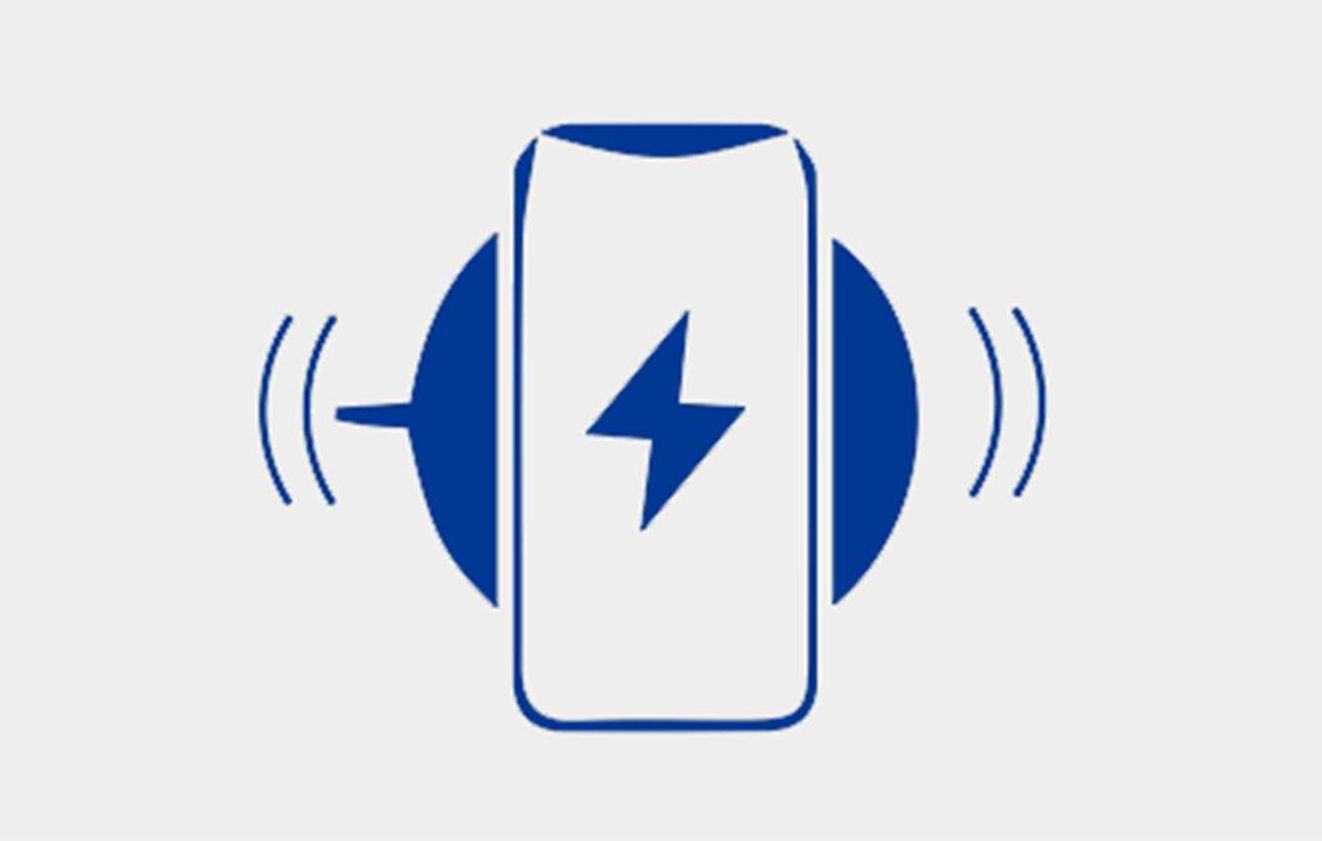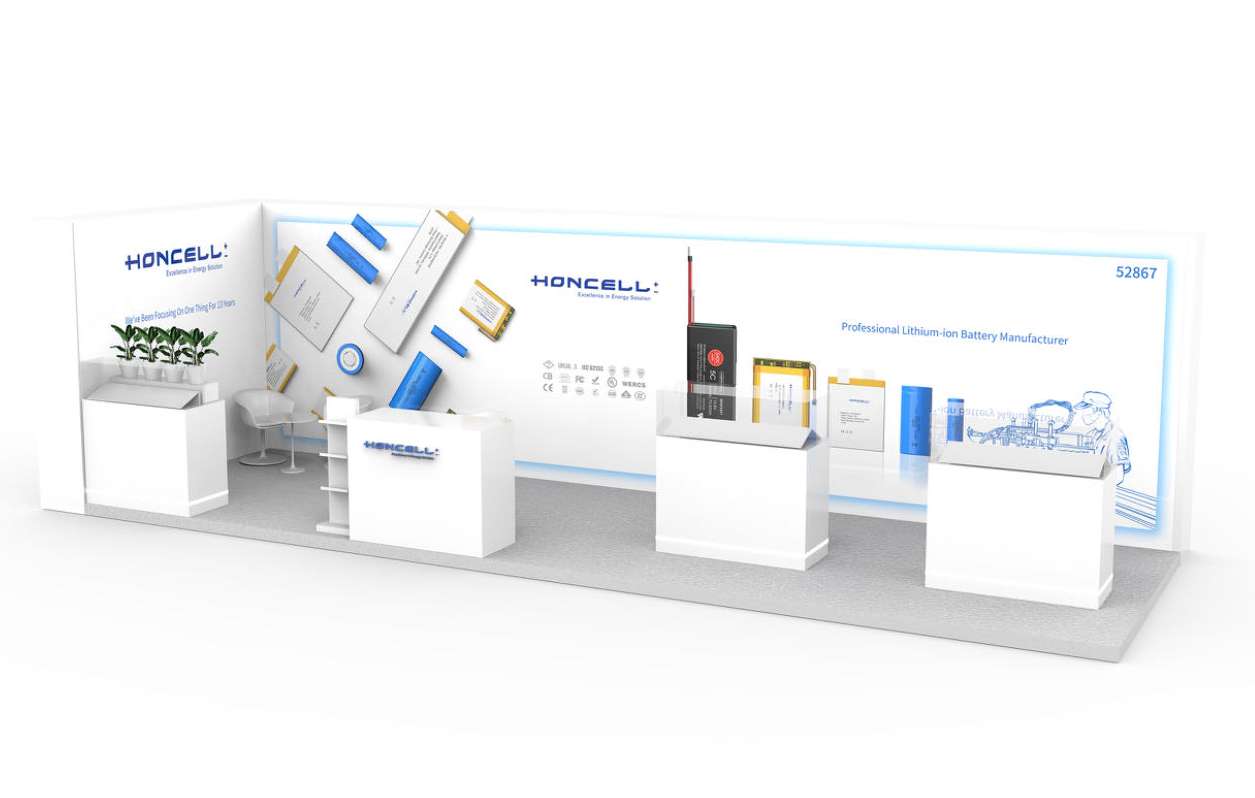FAQs
-
Can I use Li-po batteries mixing with other types?
If different types of batteries are used together, or new batteries are used with old ones, the difference in characteristics of voltage, capacity, etc., may cause over-discharge of the battery which is exhausted first, leading to swelling, bursting or fire.
-
How are batteries rated? What are volts and amps?
There are two ratings on every battery: volts and amp-hours (Ah). The Ah rating may also be given as milliamp-hours (mah), which are one-thousandth of an amp-hour (for example, a 1Ah battery is 1000mah). Amp-hours are a rating of the amount of energy that a battery can store. Another way of looking at it is to say that the higher a battery's amp-hour rating is, the longer the battery's run-time will be. Some of our batteries will have higher amp-hour ratings than the original battery found in your device and will not cause any incompatibilities.
-
How do we control the quality in-house?
We strongly believe that the quality is the life line of an enterprise, therefore, the quality control are always considered as the most important thing in our production management. We count on our professional and well-trained QC team to effectively control the quality of our products; Our QC Department mainly consists of IQC, IPQC, FQC and QA.
-
How long do batteries last?
The life of a rechargeable battery operating under normal conditions is generally between 500 to 800 charge-discharge cycles. This translates into one and a half to three years of battery life for the average user. As the rechargeable battery begins to die, the user will notice a decline in the running time of the battery. When a battery that originally operated the notebook for two hours is only supplying the user with an hour's worth of use, it's time for a new one.
-
How long will the new main battery power the laptop?
Battery run-time on a laptop is difficult to determine. Average run time is 2.5 hours to 3.5 hours. Actual battery run time depends upon the power demands made by the equipment. The use of the screen, the hard drive and other accessories result in an additional drain upon the battery, effectively reducing its run time. The total run-time of the battery is also dependent upon the design of the equipment. For example, if you are viewing a DVD, or recording music etc., the battery power will diminish quicker. Generally, a new battery will run 30% to 50% longer than the old battery did when it was new.
-
How to maximize battery performance?
There are several steps you can take to ensure that you get maximum performance from the battery as follow:
1. Break In New Batteries: New batteries come in a discharged condition and must be fully charged before use. It is recommended that you fully charge and discharge the new battery two to four times to allow it to reach its maximum rated capacity.
2. Prevent the Memory Effect: Keep the battery healthy by fully charging and then fully discharging it at least once every two to three weeks. Exceptions to the rule are Li-Ion batteries, which do not suffer from the memory effect.
3. Keep the Batteries Clean: It's a good idea to clean dirty battery contacts with a cotton swab and alcohol. This helps maintain a good connection between the battery and the portable device.
4. Exercise the Battery: Do not leave the battery dormant for long periods of time. We recommend using the battery at least once every two to three weeks. If a battery has not been used for a long period of time, perform the new battery break in procedure described above.
5. Battery Storage: If you don't plan on using the battery for a month or more, we recommend storing it in a clean, dry, cool place away from heat and metal objects. Ni-Cd, Ni-MH, Li-Ion and Lipo batteries will self-discharge during storage; remember to break them in before use.
6. For Laptop Users: To get maximum performance from your laptop battery, fully optimize the notebooks power management features prior to use. Power management is a trade off: better power conservation in exchange for lesser computer performance. The power management system conserves battery power by setting the processor to run at a slower speed, dimming the screen, spinning down the hard drive when it's not in use and causing the machine to go into sleep mode when inactive. The notebook users guide will provide information relating to specific power management features. -
Need battery be activated?
Yes. But this is not the job for users. All of our batteries have been activated in-house after some complicated procedures. What users have to do is only proceeding 3 to 5 times complete charging and discharging before use to achieve for the best capacity condition.
-
What are the advantages of Li-po battery compared with other categories?
1. Excellent Safety: Performance: As the aluminum bluster outer package is different, in the metal-shelled liquid lithium power cell, no safety problems arise, as it can not detonate, only expand
2. Super Slim Design: suitable to all kinds of super thin electrical appliance, but liquid lithium ion will have technical bottleneck as thickness is less than 3.6mm.
3. Light Weight: The polymer lithium cell is 10-40% lighter than the same specification of the steel shell liquid lithium cell, and 5-20% lighter than aluminum shell liquid lithium cell.
4. High Capability: The polymer capacity is 10-15% more than the same specification steel shell and aluminium shell liquid lithium cell.
5. Low Internal Resistance: At present the impedance of our products can be made below 35m, better using battery capacity. Because of the difference of impedance, the usage time can differ by 20-50% with the same.
6. Flexible Dimension: The thickness and shape can be made according to the requirements of customers. Some special shapes as arc-shape battery can also be made.
7. Excellent Discharge Performance: LIP applies gelled electrolyte with more stable discharge characteristics and higher discharge plateau. -
What are the main components of Li-po battery?
The main components include the electrode, electrolyte, electrode tab, separator, and aluminum plastic packing foil.


